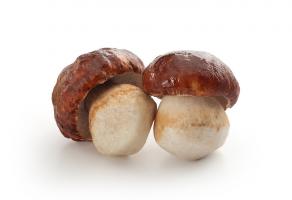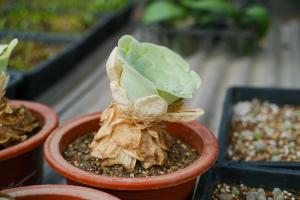How to Plant a Coconut Palm Tree in the Ground
Coconut palm trees add a tropical touch to any landscape. They are easy to grow and maintain, making them a popular choice for homeowners and gardeners. If you want to add a coconut palm tree to your yard, follow these steps to ensure it is planted properly.
Choosing the Right Location
The first step in planting a coconut palm tree is choosing the right location. Coconut palms prefer well-drained sandy soils and full sun. They also need protection from strong winds, so plant them in a sheltered area. Make sure there is enough space for the tree to grow and spread out.
Preparing the Soil
Before planting, prepare the soil by digging a hole twice as wide as the root ball of the tree. Mix in organic matter such as compost, rotted manure, or peat moss to improve drainage and provide nutrients. Coconut palms also need adequate drainage, so create a small mound in the center of the hole to prevent water from pooling around the roots.
Planting the Tree
Now it is time to plant the coconut palm tree. Remove the tree from its container and gently loosen the root ball. Place the root ball in the center of the hole and fill in with soil. The tree should be planted at the same depth as it was in the container. Firm the soil around the tree and water thoroughly. Mulch the area around the base of the tree to retain moisture and suppress weeds.
Maintaining the Tree
After planting, there are a few things you can do to ensure your coconut palm tree grows healthy and strong. Water the tree regularly, especially during the first year. Coconut palms need about an inch of water per week. Fertilize the tree every three months with a slow-release fertilizer formulated for palms. Prune dead or damaged fronds regularly to keep the tree looking neat and prevent disease. Watch for pests such as spider mites, scales, and mealybugs, and treat them promptly with a suitable insecticide.
Conclusion
Planting a coconut palm tree is a straightforward process, but selecting the right location and preparing the soil are essential. With proper care and maintenance, your coconut palm tree will add beauty to your landscape and provide a taste of the tropics right in your backyard.

 how many times do yo...
how many times do yo... how many planted tre...
how many planted tre... how many pine trees ...
how many pine trees ... how many pecan trees...
how many pecan trees... how many plants comp...
how many plants comp... how many plants can ...
how many plants can ... how many plants and ...
how many plants and ... how many pepper plan...
how many pepper plan...































